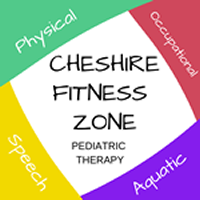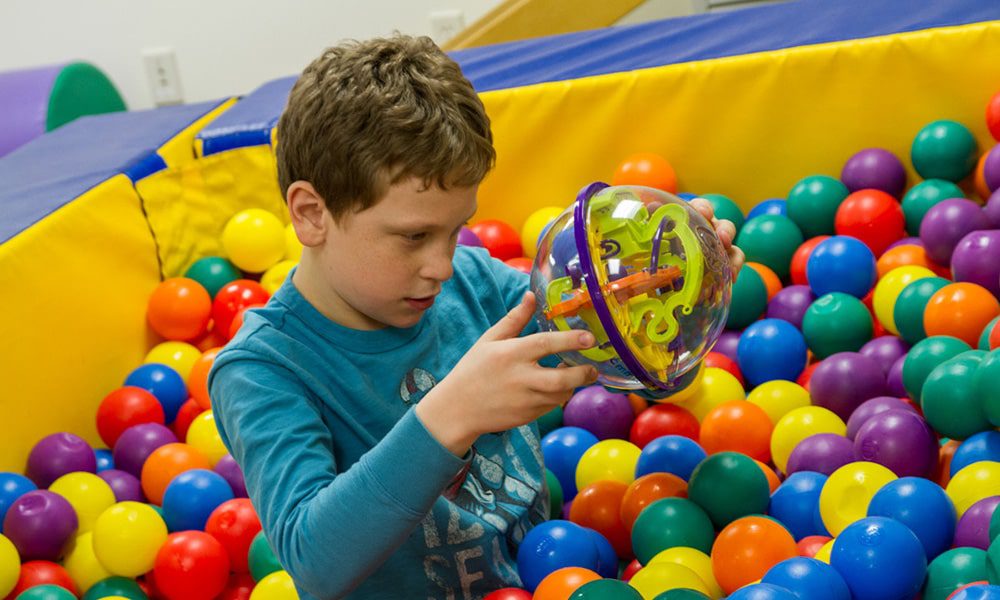Technology has had an extremely positive impact on our society when it comes to businesses, medical advances, and classroom learning. But, have you ever considered the negative effect that studies are showing in relation to the use of technology and the developing mind? Before the advances in technology, children played outside, building forts, creating imaginary worlds, and communicating with one another regularly through speech. Today, the vision of children at play outside has dwindled, and more and more children can be found in front of some sort of technological entertainment system. While technology has brought a wealth of knowledge to our fingertips in the click of a button, can it be hindering the simple developmental processes that our children need from birth?
Four Factors Necessary for Healthy Development
Healthy development in infancy and adolescence involves four factors for success. Movement, touch, human connection, and a connection with nature are all important factors for a developing child. For a child to be fully ready to enter a school setting, experiencing a combination of these four factors is the link needed for normal development. The human touch lowers a child’s anxiety level by decreasing cortisol and adrenalin. Nature promotes learning and has a calming effect on the adolescent mind. Posture, balance, and planned movement patterns are all effected by the act of hugging, playing, and even rough tumbling with other human beings. As more and more children are found connecting with a computer screen or television, rather than other children and adults, their normal biological development is greatly affected.
Sensory Overload
Many people associate sensory overload with stories of children who experience Autism or ADHD, but sensory overload can affect anyone-even adults. In earlier years, a child’s sensory world was simple and very connected to nature. As children gathered outside to play, the calming effect of the natural world provided them with a great lesson plan for learning and development. As technology has advanced, children can be found in front of the latest technological device-playing games, reading books, listening to music, and even participating in learning based apps. While it seems that children have so many more ways to learn through the advances in technology, the simplicity of the normal development process is a necessary part of normal development. As basic communication is replaced with entertainment, the creative imagination is not only limited, it is practically nonexistent. Nearly 75% of children have a television in their bedroom. The opportunity for children to find themselves in sensory overload waits at nearly every corner of their lives, and it is only becoming more prevalent.
Special Needs Diagnoses’ and Technology
As wait lists start to develop in the occupational, speech, and physical therapists schedule everywhere, many recent diagnoses can be related to technology overuse. Diagnoses such as learning difficulties, autism, developmental delays, ADHD, sleep disorders, depression, and anxiety can be linked to technology overuse. Additionally, attention skills and behavior management are common complaints from parents when discussing areas of development that need attention in children seeking different types of therapy.
As technology continues to advance, limiting screen time in children during the early years could greatly benefit newer generations during their basic developmental phases. When parents, teachers, and therapists work together to increase communication skills with developing children, by encouraging the use of a simple sensory world, society will see great strides in the reduction of learning based special needs diagnoses.



